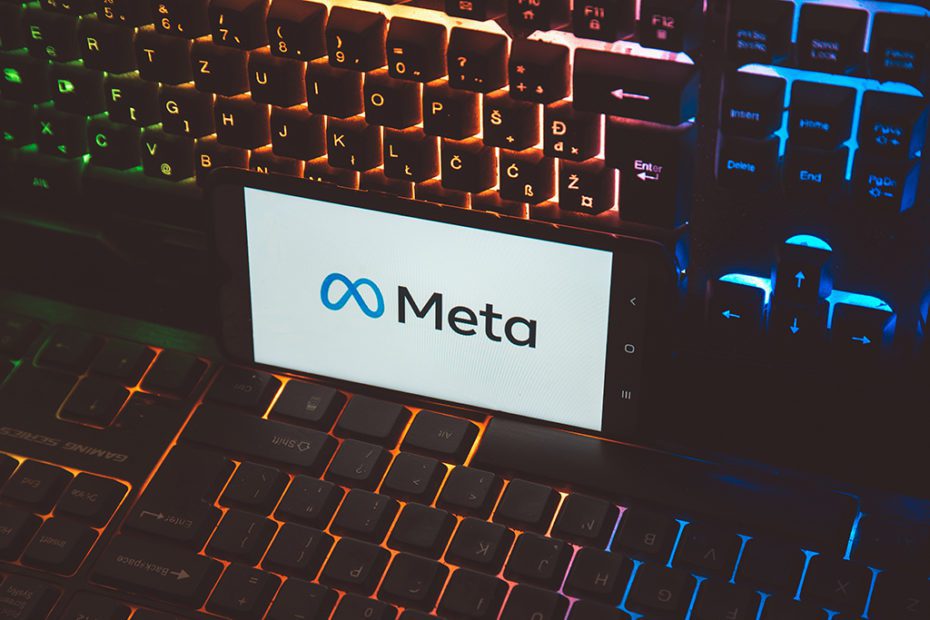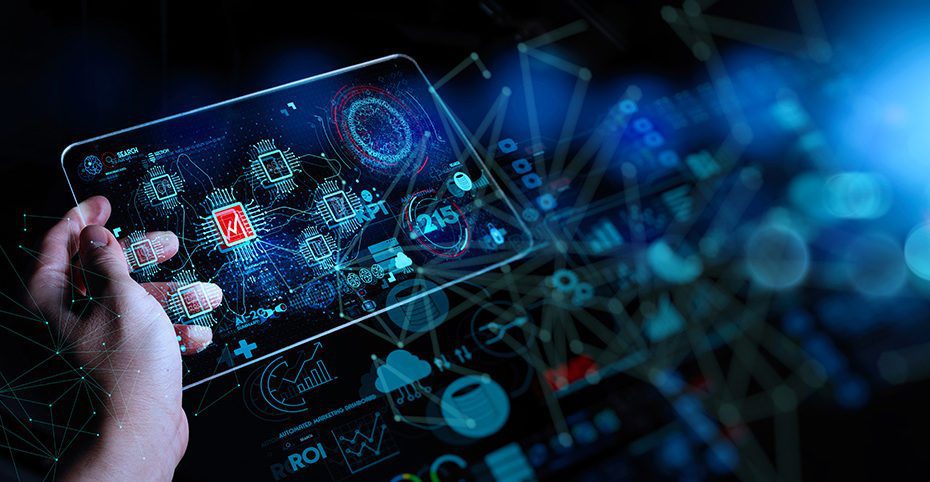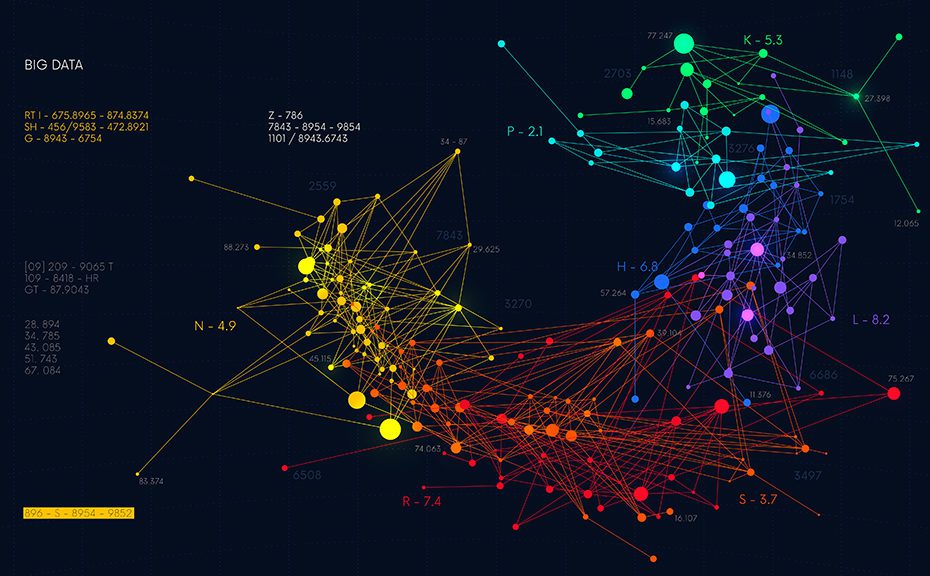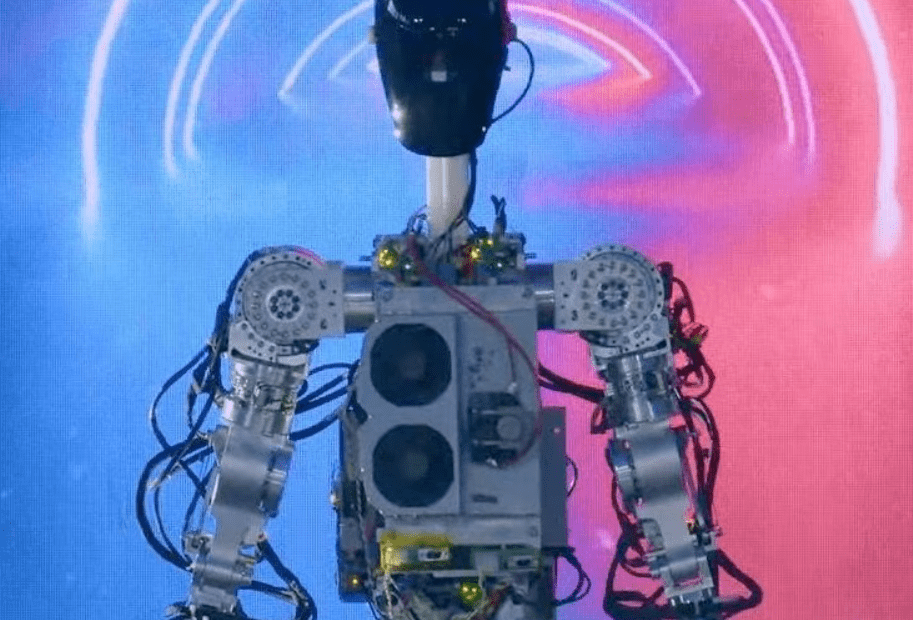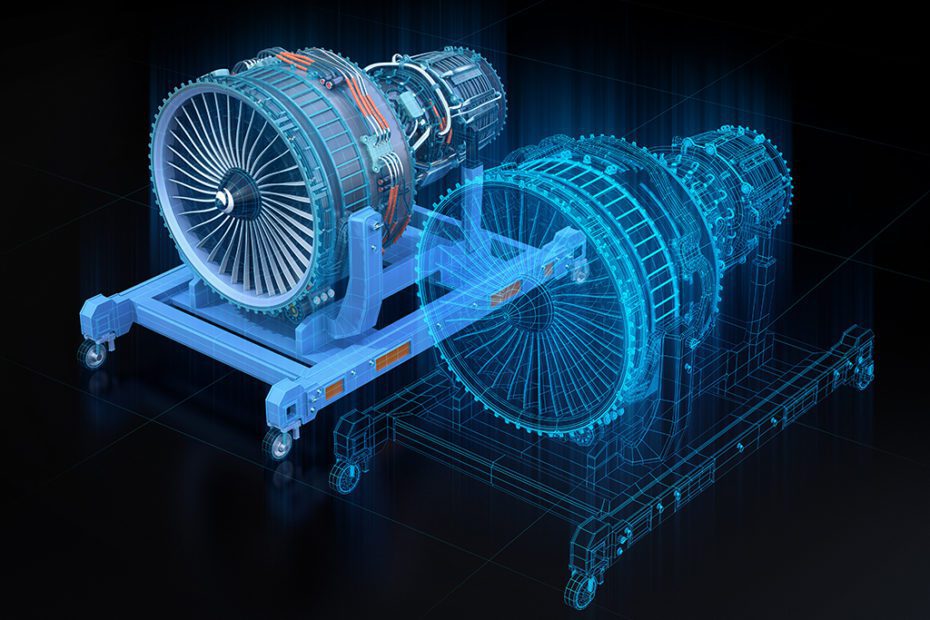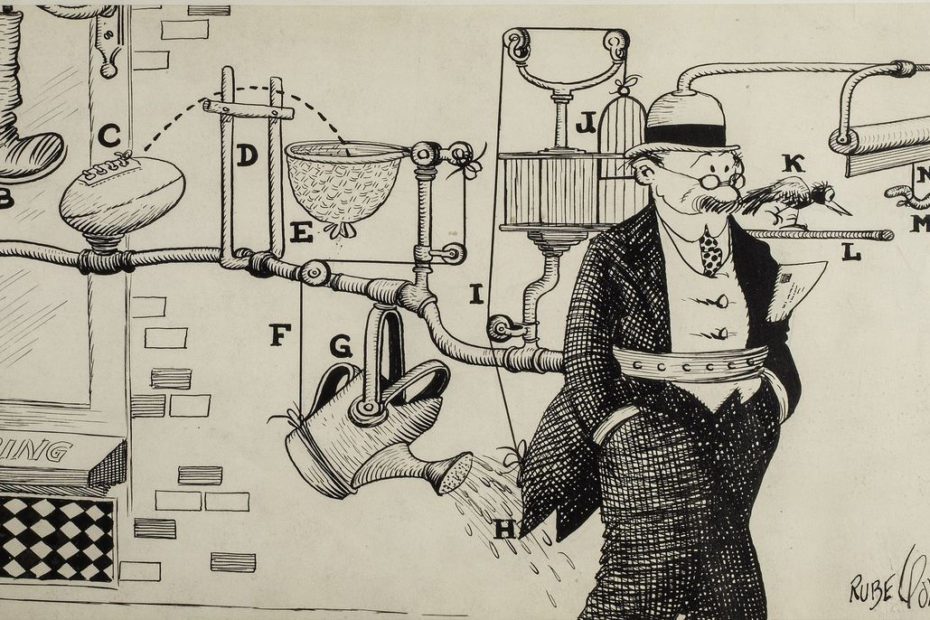Home » Archives for ajitjaokar

ajitjaokar
Based in London, Ajit's work spans research, entrepreneurship, and academia relating to artificial intelligence (AI) with Cyber-Physical systems.
He is the course director of the course: Artificial Intelligence: Cloud and Edge Implementations at the University of Oxford.
He is also a visiting fellow in Engineering Sciences at the University of Oxford.
Besides this, he also conducts the University of Oxford courses: Digital Twins, Cybseecurity, and Agtech.
Ajit works as a Data Scientist through his company, feynlabs - focusing on building innovative early-stage AI prototypes for complex AI applications.
Besides the University of Oxford, Ajit has also conducted AI courses at the London School of Economics (LSE), Universidad Politécnica de Madrid (UPM), and as part of The Future Society at the Harvard Kennedy School of Government.

